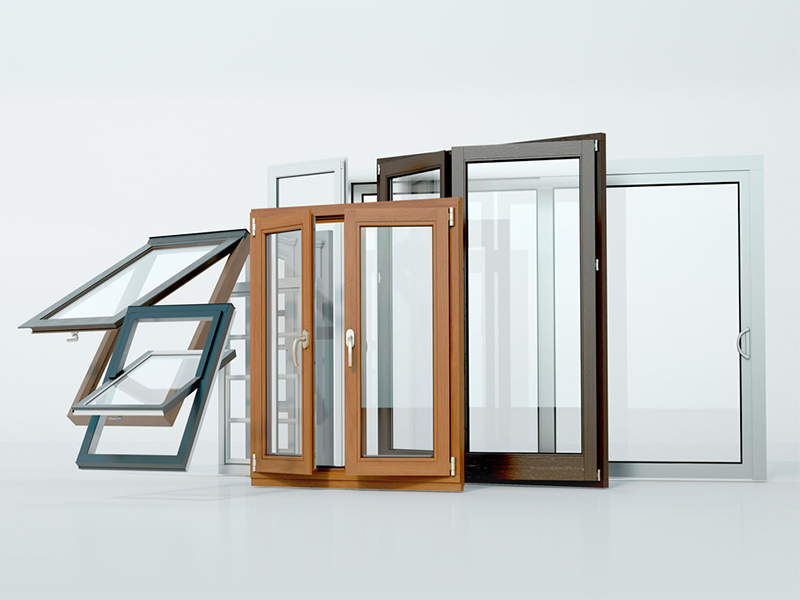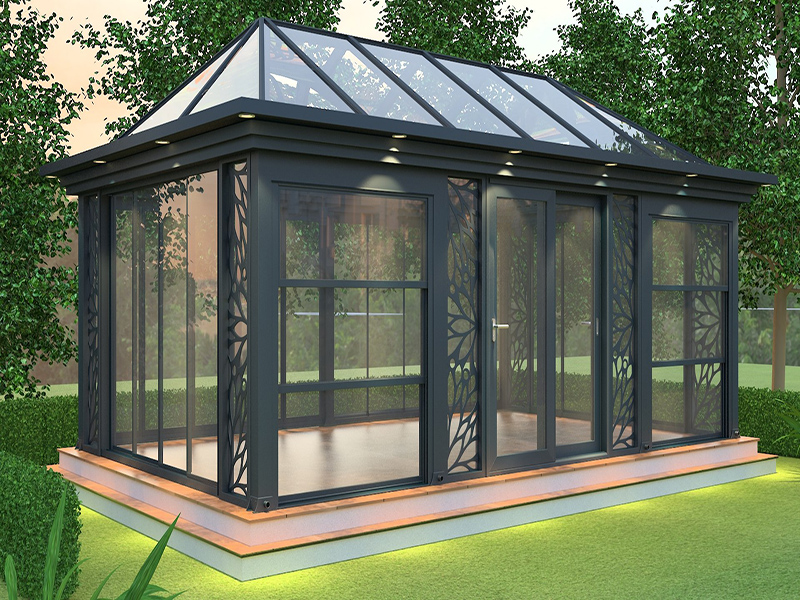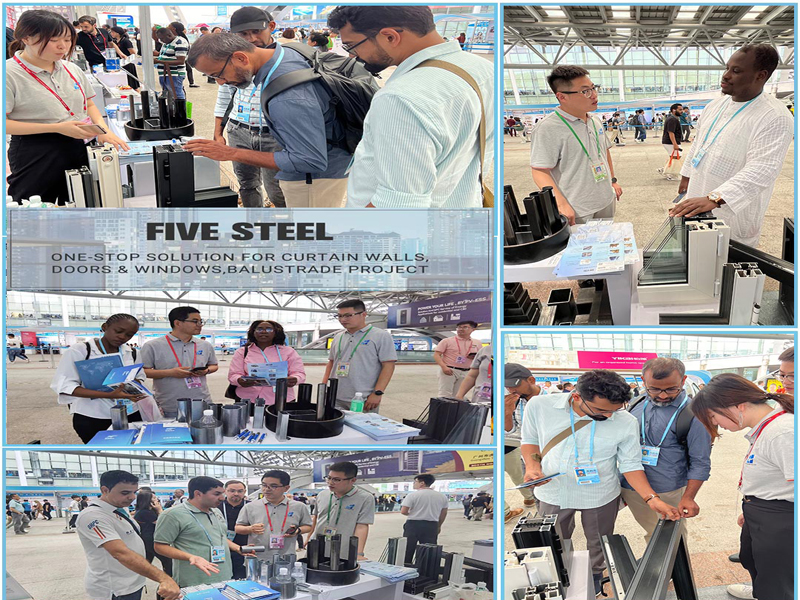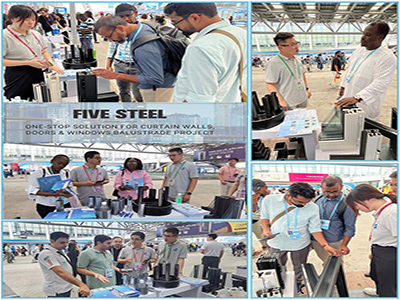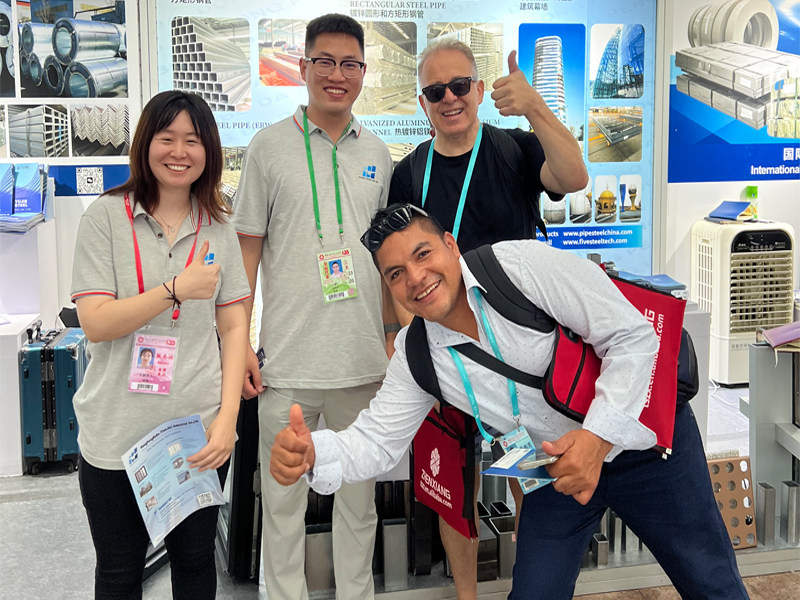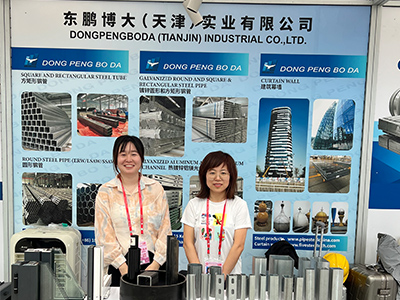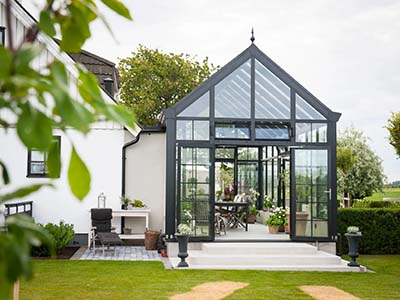Tips for choosing structural glass curtain wall system for your building construction
2022-02-22
In general, by creating a budget, the specific priorities for a building project can start to be identified. This will allow the building designers to set the design intent and engage with the appropriate system designers and consultants. Furthermore, when you would consider structural glass curtain wall system for your building construction one day, it is crucial to identify the type of support system: dead loaded, tensile or suspended, and how the system will interact with and impact the building structure. In practical applications, structural glass walls that are dead loaded typically have the least impact on the building structure. In this case, the load of the system is transferred to the base of the system, which is supported by a structural concrete footing or slab. Similar to a dead-loaded, high span curtain wall, the structure at the top connections of this design will need to accommodate mostly wind load anchor connection reactions. These types of curtain wall systems are often more economical than alternative support systems but aren’t without limitations. In addition, with tensile support systems, the structure that supports the glass facade is created by an engineered assembly of cables or rods, brackets and fittings. The tensioned cables or rods distribute the load of the facade system to the building structure that surrounds the glazed opening. The structure that surrounds the glazed opening will need to be designed to accept the forces created by the tension structure. Using cables or rods as the support structure for the glass decreases the amount of solid structure elements visible within the system. Furthermore, harmonizing the project budget and design intent is a key objective in early feasibility analyses. Performing a high-level feasibility study of the design concept should also be considered. There are many factors that determine the curtain wall price: glass module sizes, glass types, support type, number of points of support and required thermal capabilities of the glazed element, among others. Meanwhile, these curtain wall system components must be designed to meet project performance requirements, such as blast or ballistic considerations, seismic criteria, acoustics and general load and deflection criteria.




